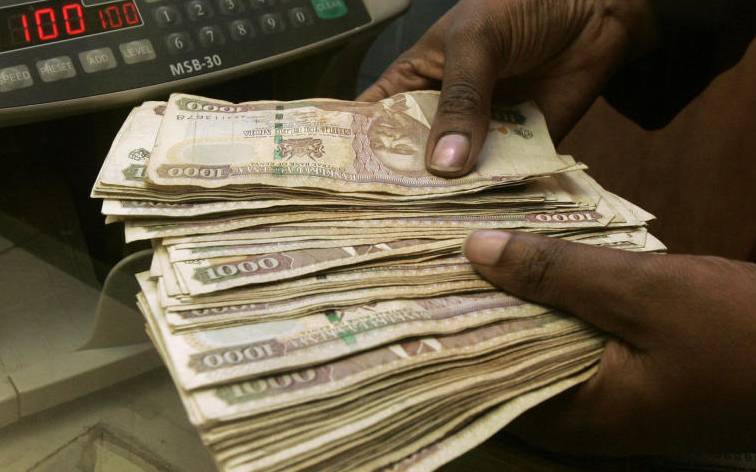
A currency dealer counts Kenya shillings at a money exchange counter in Nairobi October 23, 2008. The Kenya shilling breached the important 80.00 level on Thursday reaching a near four-year low, despite assurances by the Central Bank, due to demand for dollars. At 0800 GMT, commercial banks traded the unit at 80.10/20 against the dollar compared with 79.40/50 at the close of trade on Wednesday. [Photo: Reuters]
The National Treasury may have misled investors by borrowing under the guise of funding mega infrastructure projects while the money was instead meant for paying off mounting loans.